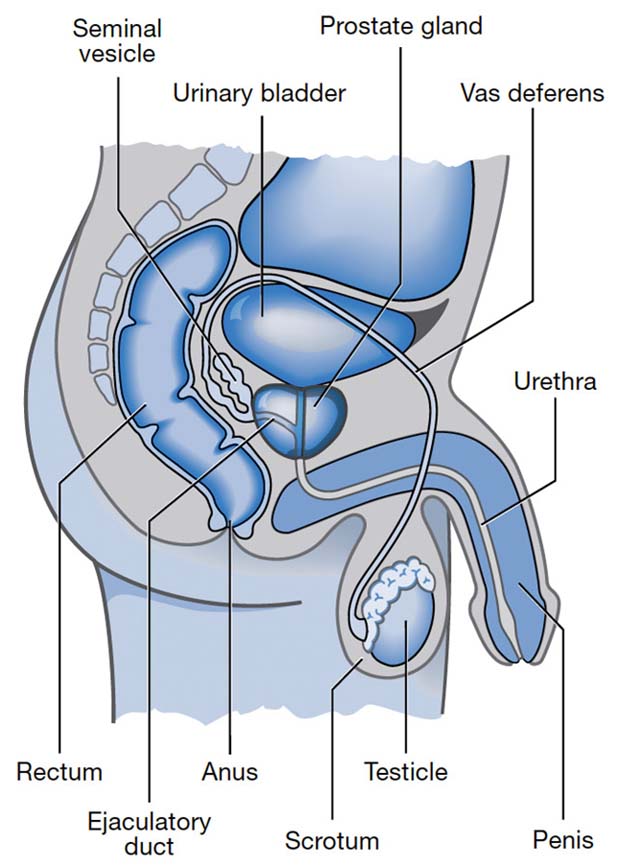Prostate Removal Survival Rate | Prostate Cancer Survival Rate
Prostate Cancer Treatment | Prostate Sex Toys Store Australia
Prostate cancer is the most common type of cancer in men, statistics from the Spanish Association Against Cancer revealed that prostate cancer has the third highest mortality rate, in the year 2018.
As we know, the prostate is a gland that is part of the male reproductive system, this gland is located below the bladder. It has an important function, it is responsible for the production of the liquid that provides nutrients, and also protects and transports the sperm during the process of ejaculation.
The risk of suffering from this terrible disease is higher when the man is over 40 years old, and even higher when he reaches 50. In men over 65 years of age, the chances of getting this cancer are 60%, and it can be higher if you have a genetic history.
Early detection is important
Because this is a predominantly asymptomatic cancer, early detection is absolutely vital to increase the chances or rates of life expectancy.
Generally, the survival rate of people who have been diagnosed early with prostate cancer is close to 100% over a 5-year period.
It should be noted that prostate cancer survival has increased considerably over the years. This is thanks to new treatments that are successfully applied, and also, to society’s awareness of the importance of annual testing for early detection of this cancer.
Advanced treatments
The life expectancy of prostate cancer patients has increased, not only because of early detection, but also because of advances in treatments aimed at curing it.
So, 85% of people with prostate cancer survive more than 5 years or so. However, because of the slow development of prostate cancer, treatments usually last longer.
From another point of view, if the cancer is specifically located in the prostate gland, it can be removed by surgery. In other cases, hormone therapy may be used to lower testosterone levels, since prostate cancer is related to testosterone.
Although the survival rate for prostate cancer is high, frequent check-ups are needed after treatment for prostate cancer.
Prostate Cancer Survival Rate
The survival rate for prostate cancer is simply information that gives an idea of the percentage of people who have the same type of cancer. Generally, the survival rate for this cancer is 5 years after its diagnosis.
However, these rates do not indicate how long you will live, but they can help you have a better understanding of how effective a treatment can be.
Here are some important points about the survival rate:
The survival rate is an estimate based on the previous results of a number of people who had prostate cancer.The survival rate for prostate cancer cannot predict what will happen, for each individual patient.The data come from the American Cancer Society (ACS).
After Prostate Cancer Treatment
Proper treatment can completely eliminate prostate cancer in most men. Completion of treatment can cause excitement about getting better and, of course, once treatment is completed, life expectancy for prostate cancer will increase dramatically, although it also depends on the stage of the cancer.
You may feel relieved after your cancer is removed, however, concern about the appearance of another cancer will always be present. There are cases where the cancer may return in another part of the body or not disappear in the area already affected. But there are therapies and treatments available to help fight and keep prostate cancer under control.
Therefore, after successful treatment, it is highly recommended that you have follow-up exams and tests to determine if there are signs of cancer or simply to relieve the side effects that may be caused by the treatment.
Some side effects of treatment may be quite prolonged or may occur years later. Therefore, visiting your doctor can also relieve many of your concerns about a symptom.
Beyond treatment, maintaining a healthy lifestyle is important to prevent the development of another cancer. There are many tips in the world on how to have a totally healthy lifestyle.
Some of the best tips for improving life expectancy and having a healthy lifestyle are the following:
Maintain an appropriate, balanced and healthy weight.Do not smoke. Establish a healthy diet.Exercise frequently.You will need emotional support, as cancer can make you depressed, worried, and very anxious.
